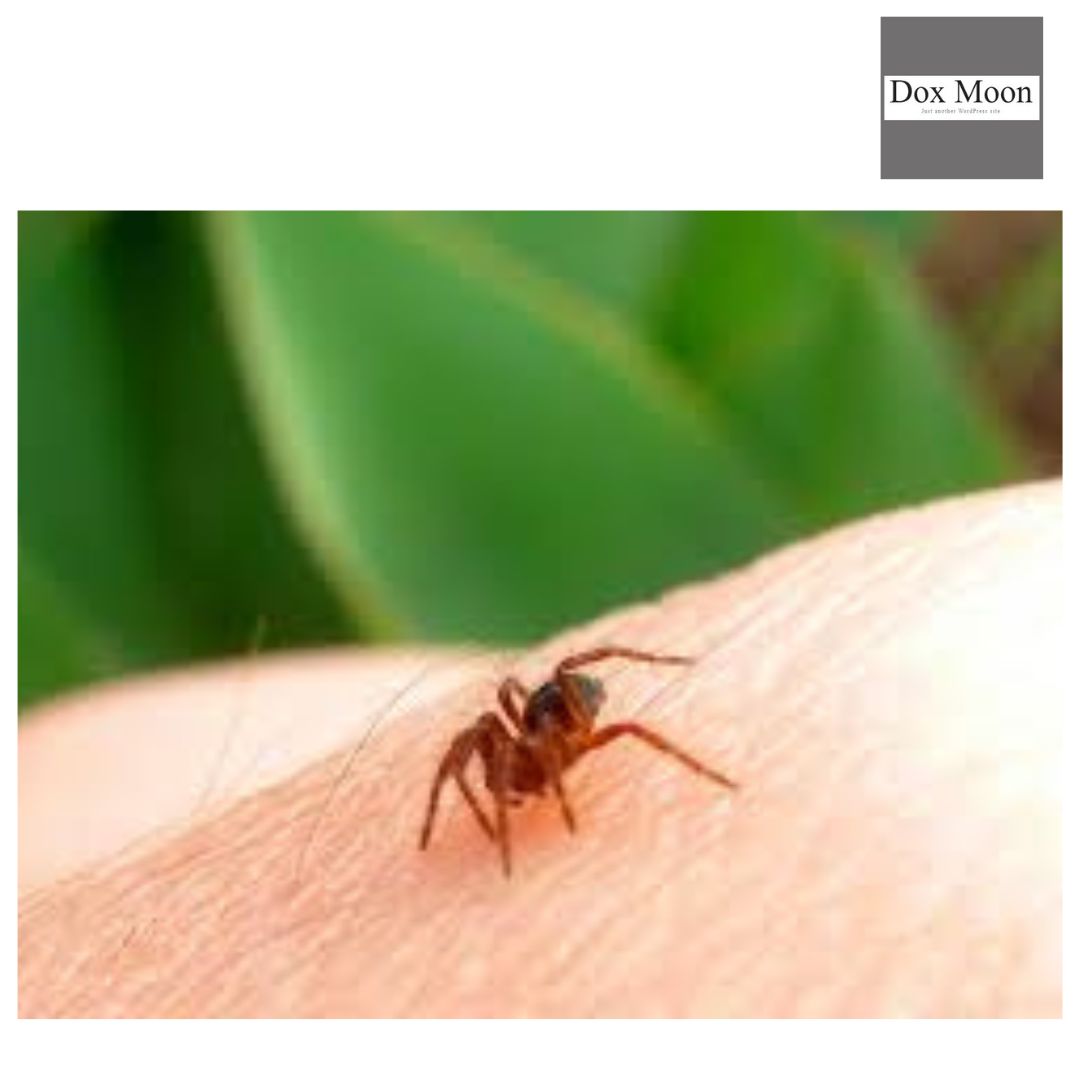Spiders do not intend to hurt people in most cases. The majority of spider bites happen when people unintentionally catch or brush up against a spider and get bitten. But in some cases, spiders might mistake a human finger (or other body part) for a caterpillar or other type of prey, causing them to bite it. If the spider is a toxic type, it might cause problems. In this write-up, we will discuss when to worry about a spider bite, different types of dangerous spider bites and treatment options.
When To Worry About A Spider Bite?
A small number of spider bites can progress to serious, life-threatening symptoms that require emergency medical care. So, when to worry about a spider bite? You need to take it seriously and visit your doctor if you experience any of the following:
-
Breathing Difficulties: Some venom can cause throat and tongue swelling blocking airways. Racing pulse, wheezing, gasping for breath, excessive drooling or issues talking all warrant an ER visit.
-
Rapidly Spreading Swelling: Swelling that moves beyond the bite site in the hours following the bite could signal a serious reaction. Seek care if swelling spreads across a limb or to the torso.
-
Chest Pain: Venom reaching the heart can cause chest pain mimicking a heart attack. Chest tightness, pressure, shooting pain and palpitations after a bite need evaluation.
-
Dizziness, Fainting, Weakness: Venom can cause a rapid drop in blood pressure leading to lightheadedness, weakness and loss of consciousness. If these symptoms emerge, call your doctor.
-
Muscle Spasms, Cramping, Rigidity: Uncontrolled, violent muscle contractions, twitching, stiffness or painful rigid muscles indicate possible neurotoxic venom effects.
-
Nausea, Vomiting, Diarrhoea: If you are wondering when to worry about a spider bite, signs of abdominal issues like uncontrolled vomiting, diarrhoea, or intense stomach pain may mean the venom is affecting organs.
-
Seizures: Seizure activity following a bite signifies very serious envenomation requiring anti-venom.
-
Skin Necrosis, Pus, Red Streaks: Worsening skin ulcers, dead black tissue, drainage and red streaking signal a wound infection possibly requiring surgery and IV antibiotics.
Types of Dangerous Spider bites
Now that you know when to worry about a spider bite, let’s have a look at different types of dangerous spider bites.
-
Brown Recluse Spider
The brown recluse spider is one of the most poisonous and dangerous spider species. It gets its name from its brown colouring and reclusive nature. Their bites deliver a powerful hemotoxic venom that can cause severe reactions.
At first, their bites may show no symptoms or mild stinging. Within 1-4 hours, pain spreads from the bite site as the venom kills surrounding tissue. A painful lesion develops with possible nausea, fever, and chills. Over the next few days, the wound site swells and a fluid-filled blister forms surrounded by dead skin. The blister eventually ruptures leaving an expanding open ulcer.
-
Hobo Spider
The hobo spider resides mainly in the Pacific Northwest but also inhabits neighbouring states. It is a member of the funnel-web spider family. The hobo spider’s bite can release venom that contains tissue-destroying enzymes.
At first, their bites cause localised stinging pain. Over several hours, pain intensifies and a blister forms. In severe cases, a painful open sore develops as tissue dies off. The venom also causes body-wide symptoms like headache, nausea, wooziness, and fatigue starting a day after the bite.
-
Tarantulas
Tarantulas are large, hairy spiders found in Southern and Western states. Most North American tarantulas have fangs too small to penetrate human skin so bites are rare. If skin is penetrated, venom enters that contains chemicals that affect nerves and muscles.
Initially the bite causes burning pain and swelling. Within hours, intense pain spreads from the bite site and muscles may spasm. Other symptoms include sweating, swelling of the lips and mouth, breathing issues, nausea, and headache. The intense pain may last 2-3 days.
-
Black Widow Spider
According to experts, the black widow is one of the most venomous spiders in the world that can even cause death. The female’s distinctive red hourglass marking warns of its toxic venom. Black widow bites release neurotoxic venom that affects the nervous system.
At first, bites cause stinging pain and red marks. Within an hour, painful muscle cramping and rigidity develops. Other symptoms include nausea, vomiting, headache, anxiety, sweating, and hypertension. The venom can trigger seizures, coma, and respiratory failure although deaths are rare.
Treatment options
Most spider bites can be managed at home but severe envenomations require medical intervention. If you know when to worry about a spider bite, you must also be aware of the treatment options.
-
Home Care
For mild bites:
-
You can wash the affected area with soap and water to reduce risk of infection.
-
Another great way is to apply a cold compress for reducing the pain.
-
Elevate the bitten limb to slow venom spread.
-
Take OTC pain relievers like acetaminophen or ibuprofen for pain relief.
-
Avoid scratching or rupturing blisters to reduce scarring risk.
-
Watch for signs of worsening reaction and seek immediate care if they develop.
-
Medical Treatment
For moderate to severe bites, doctors may:
-
Clean and dress wounds to prevent infection. Antibiotics may be prescribed if needed.
-
Inject numbing agents like lidocaine to relieve pain.
-
Administer IV fluids and medications to maintain blood pressure.
-
Give medications like muscle relaxers, antihistamines, glucocorticoids to counteract venom effects.
-
Surgically debride dead tissue if extensive skin damage occurs. Skin grafts may be required.
-
Prescribe antivenom medications derived from horse or sheep antibodies to neutralise venom toxins for highly toxic spider bites. These are effective if given within 4-24 hours after the bite.
-
Closely monitor heart rate, respiratory status, fluid balance, and watch for secondary infections.
-
Admit patients to intensive care if symptoms are potentially life-threatening.
Overview
Knowing when to worry about a spider bite is critical because certain venoms can cause severe necrosis, organ damage, and life-threatening reactions. Doctors can provide wound care, pain management, IV fluids, antivenoms, and interventions to prevent permanent injury and counteract dangerous venom effects. Getting timely medical help ensures spider bite symptoms are properly managed and serious complications are avoided.













